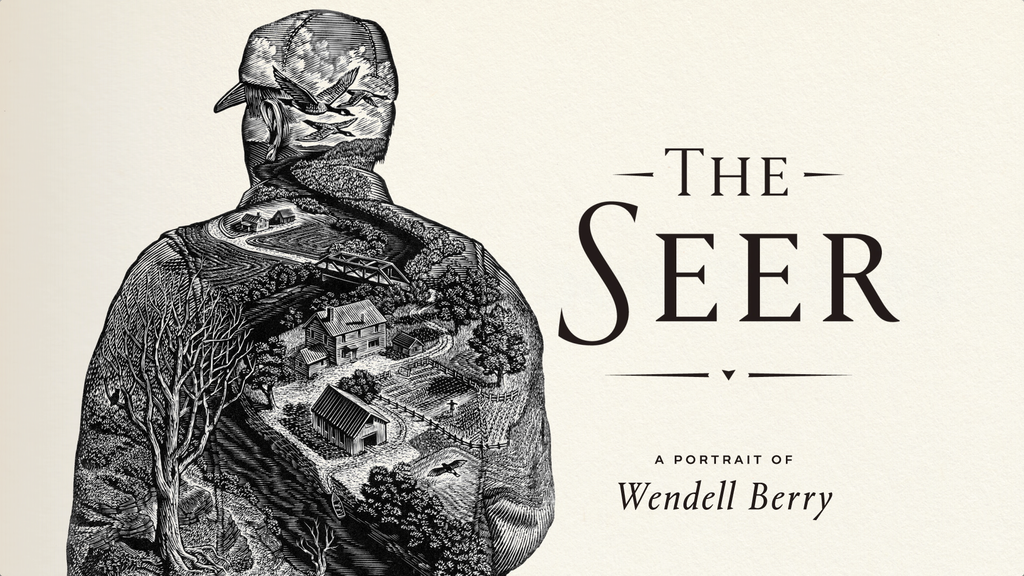I think most readers of Wendell Berry, “The Seer” director Laura Dunn included, start with Berry’s non-fiction. They pick up The Unsettling of America or The Art of the Commonplace and go from there. That’s not how I came to Berry. I started with Jayber Crow, a novel about a small-town Kentucky barber who lived in rural Kentucky nearly his whole life and was in Port William, a small village of several hundred, from 1937-1987.
Login to read more
Sign in or create a free account to access Subscriber-only content.
